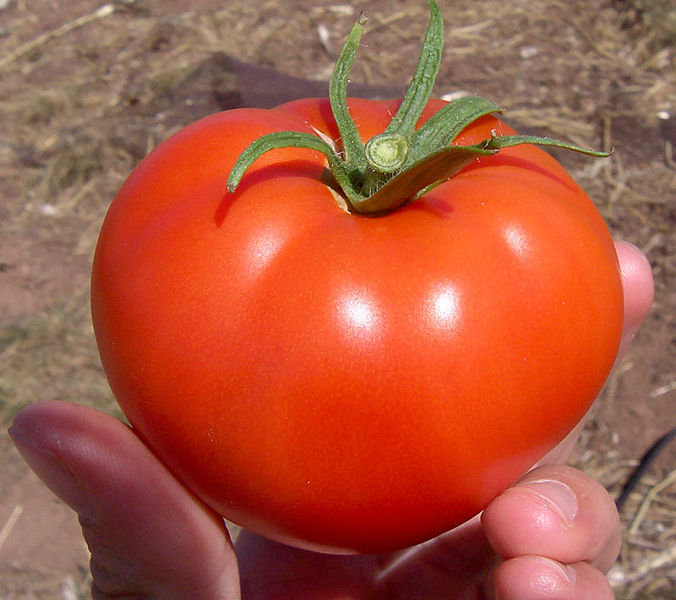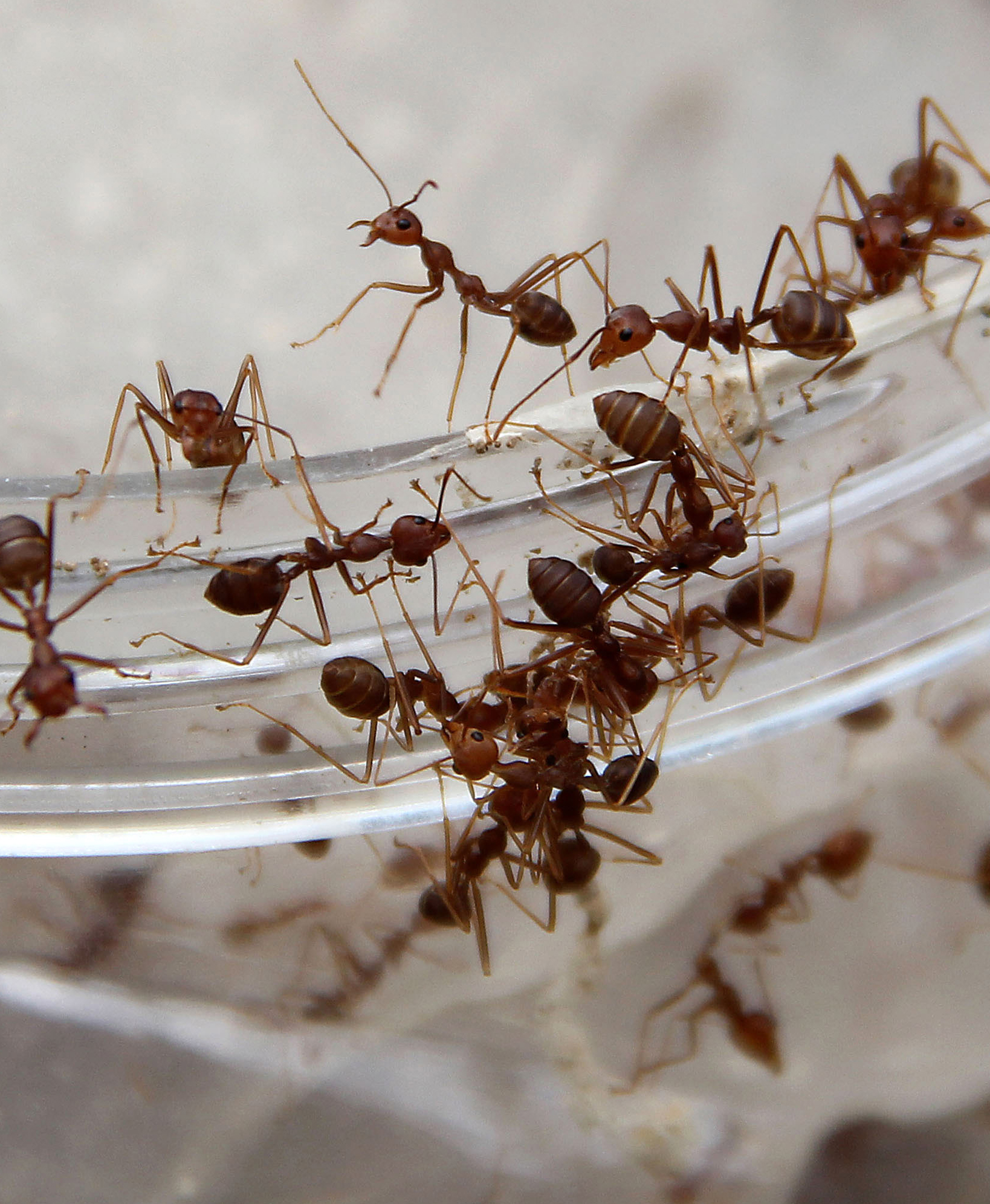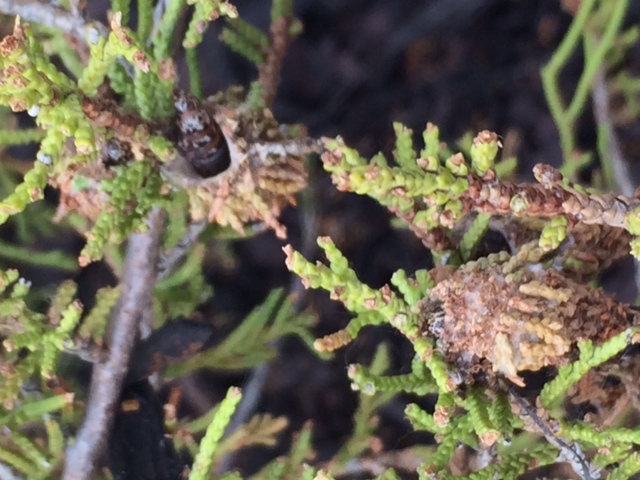Meet Mike in Warrenton Saturday Sept 5 at 1 p.m.
Fall is the best time for gardening and Mike will reveal all the great things you can get growing right now when he delivers a free talk on The Second Season: garlic, pansies, salad greens and more, at the Lee Highway Nursery, 7159 Burke Lane Warrenton, Virginia 20186.
Don’t Cut Your Lawn Until Hot & Dry Spells Break
The “invisible drought” we’ve been enduring the last several weeks is becoming increasingly visible on area lawns and gardens, which prompts me to remind you to never mow your lawn during a dry heat wave.
Now, If you can irrigate your lawn, wait until the temps drop out of the 90s, do your mowing and then water deeply the next morning.
But if your lawn has to get by on rainfall alone, wait to mow until there’s a really good chance of rain in the next day or two after the mowing.
Although they may appear to be stressed right now, lawns that have not been cut recently are still storing lots of water in their root system and will recover nicely when temps drop and the rains return. But if you slice the tops off your greenery, all that stored water will quickly evaporate, taking your lawn from stressed to deceased.
Late Season Tomato Care
The kids are back in school and that means it’s time to take a cold hard look at your tomatoes!
- First, prune out any discolored leaves and dead branches. If it looks diseased, trash it — don’t compost it.
- Pick ripe fruits promptly. Tomatoes lose flavor if you let them sit in the sun after reaching full ripeness.
- Then start pinching off any new flowers that form on the plants. I know it’s hard, but there’s not much chance of those flowers having time to become ripe fruits, and pinching them off will direct the plant’s energy to ripening up your greenies.
- And finally, mark the spots where your tomatoes are growing so you know not to plant tomatoes in those same spots next season.
Get Better Returns With an Investment of Garlic!
Has your 401K tanked down to a 201B? Does your IRA look like it’s in pre-K? Then turn to garlic — an investment that delivers great returns!
For every single clove you plant six inches deep and six inches apart in your loosest, richest soil now, you’ll collect a whole head filled with cloves next year. And the returns on garlic are not affected by market fluctuation, Fed rate hikes or some guy sneezing in downtown Beijing.
So get some high-quality garlic from a catalog, garden center or farmer’s market and get those cloves in the ground. Don’t use supermarket garlic — it’s the wrong type for our region. Then you can watch the green growth prosper while your other green does … well, you know.
Hold Off on Spring Bulb Planting
Big signs at gardens centers are now proclaiming that “spring bulb planting time is here!” But it is way too early to actually plant new bulbs in the ground.
Garlic? Sure — go ahead and plant. It can use the extra time before winter to grow nice, healthy roots. But spring bulbs already have next year’s flowers fully formed inside them, and if roller coaster weather follows an early planting, those flowers can begin to emerge — and there’s no good end to that story.
So yes, do pick up the bulbs you want now, but then store them in a cool, dry spot away from direct light until just after Halloween — the perfect time to plant bulbs that will treat instead of trick you.
Pansies — The Flower That Blooms in the Winter
Forget the way the word is commonly used, pansies are the toughest flower on the planet.
Go to a garden center this weekend, buy a flat of pansies and plant them in the ground where you’ll see them every day. They’ll bloom like mad until at least the holidays, when they might need the protection of some discarded Christmas tree branches to prevent their being crushed by ice and snow. But if winter is mild — please, God please let it be mild! — they’ll bloom nonstop.
Either way, the plants will take it a notch in the spring and bloom like mad until the heat of July shuts them down. Alas, pansies can take almost any level of cold, but they can’t take the heat.







